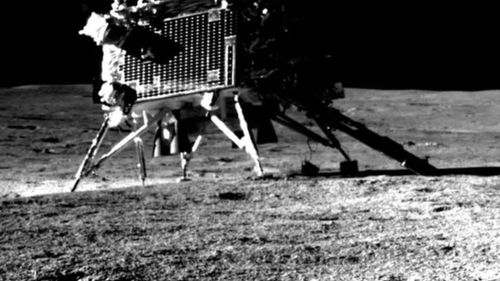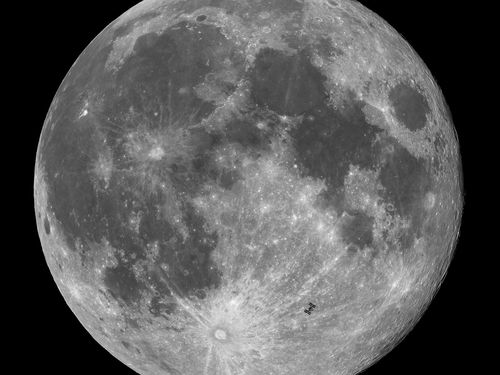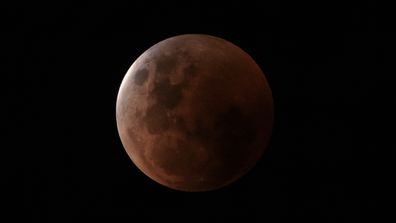But last August, India’s Vikram lander successfully made a soft landing near the south pole of the moon.

Its Pragyan rover was then able to collect 23 soil samples at various spots along a 103-metre tract of the lunar surface, measuring the composition of the moon’s rocky surface.
Now, a team of scientists from India’s Physical Research Laboratory have analysed the measurements, finding a relatively uniform composition of soil in the surface layer of soil.
The soil was primarily made up of a type of rock called ferroan anorthosite, in a markedly similar composition to soil samples taken by the Apollo 16 and Luna-20 missions.
According to the researchers, this supports the theory that when the moon formed around 4.5 billion years ago, it was covered in a magma ocean.

According to this theory, as the moon cooled during its formation, the less dense ferroan anorthosite rocks floated to the moon’s magma surface to form its crust, while heavier minerals sank to form its mantle.
Magnesium minerals were also found, which cannot be explained by a magma ocean.

Moon’s incredible disappearing act won’t be seen again for three years
However, these minerals are near the site of the South Pole–Aitken basin – the moon’s largest and deepest impact basin, measuring 2500km across and between six and eight kilometres deep.
The research team suggested that the magnesium was likely excavated from below the moon’s surface during the force of the impact that formed the huge crater.
